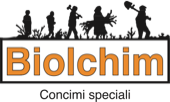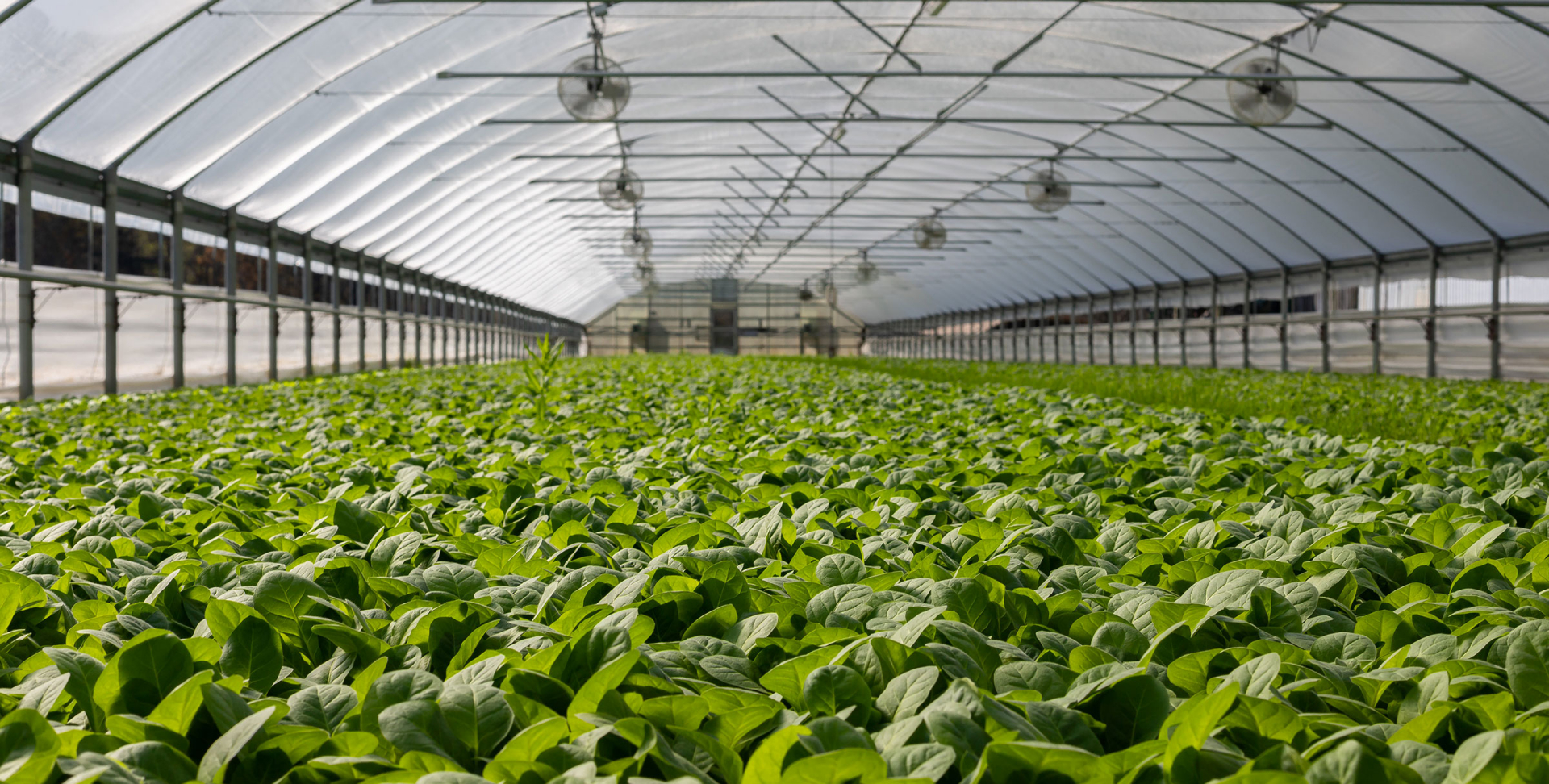Industrial tomato: 3 high-income solutions
Three solutions to the problems affecting the phases of transplant, flowering and maturation.

TRANSPLANT STRESS, HOW TO OVERCOME IT
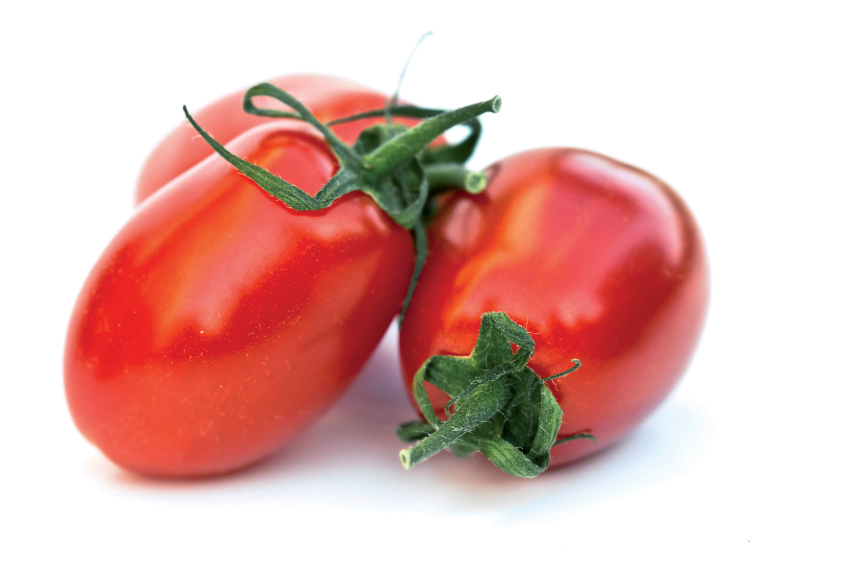
With the transfer from the nursery to the open field, the young tomato seedlings, which often have an inadequate root system, are exposed to adverse climatic conditions and therefore find it difficult to reactivate their normal metabolic activity. That’s why transplant represents a difficult stress to overcome. Stops in growth in this phase will affect the entire crop cycle.
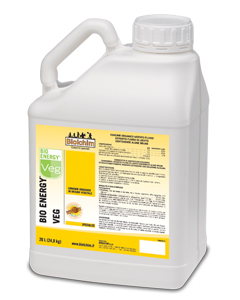
To minimize transplant stress, while promoting the formation of a healthy and vigorous root system, Biolchim recommends the use of BIO ENERGY VEG in fertigation. BIO ENERGY VEG provides essential nutrients and vegetal compounds, that promote elongation and capillarization of the roots increasing absorption.
BIO ENERGY VEG also supports a rapid and balanced development of the plants, speeding up row closure.
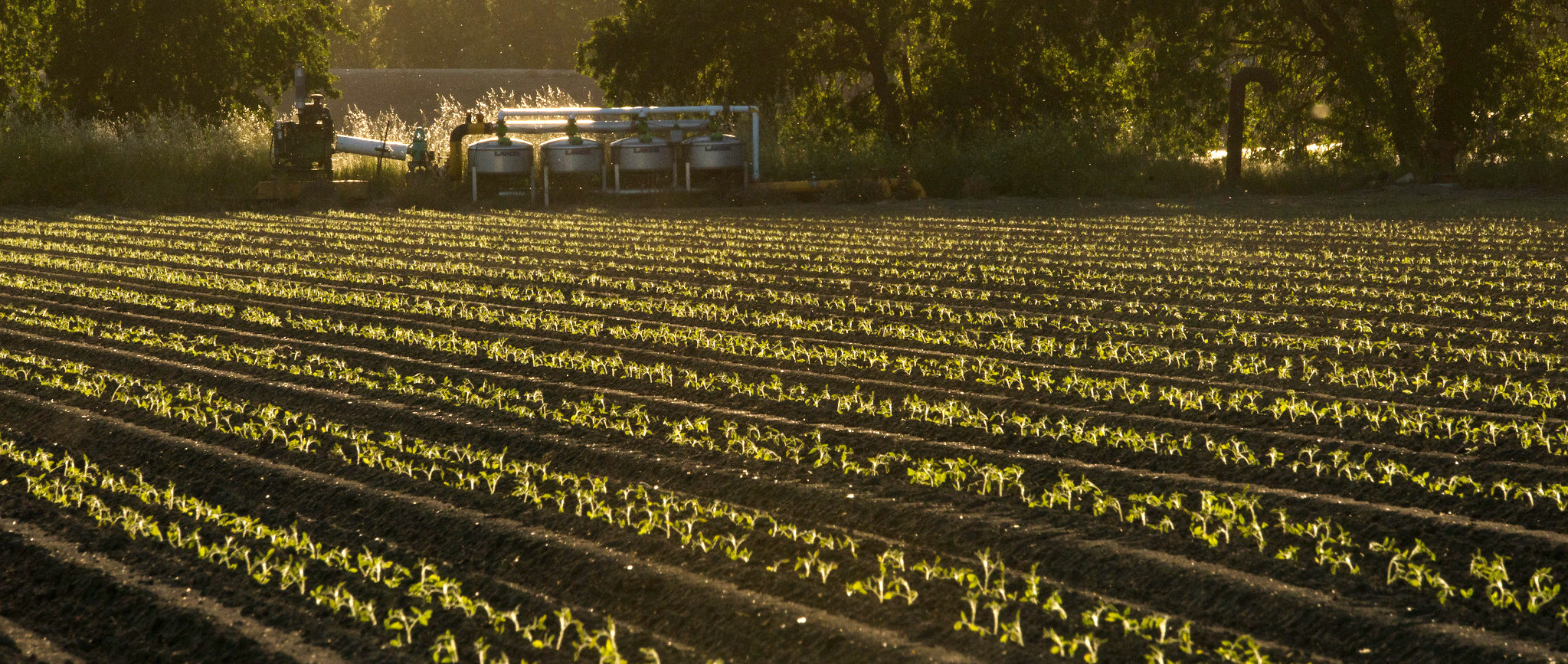
FRUIT SET, SOLUTIONS TO INCREASE PRODUCTIVITY
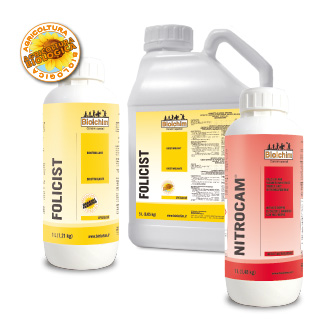
In order to maintain constant and high-quality harvests, it is necessary for the plant to adequately prepare each fruiting stage. The plant’s metabolism must work perfectly to generate fertile flowers and abundant blooms.
In these phases, environmental stresses can cause flower abortions and anomalies in fruit development, with significant losses in terms of marketable production. Equally important is to prevent calcium deficiencies, which trigger apical rot and increase waste.
To avoid these dangers, it is possible to intervene with foliar applications of FOLICIST® and NITROCAM in the flowering phase of each fruiting cluster. FOLICIST®, a biostimulant of plant origin, stimulates the metabolism of the plant, favoring flowering and fruit set, and promotes the overcoming of environmental stresses. NITROCAM provides calcium, magnesium and molybdenum, essential elements for the metabolic activities of the plant and for the consistency of the tissues.
COLOR, BRIX and DRY MATTER, HOW TO REDUCE WASTE
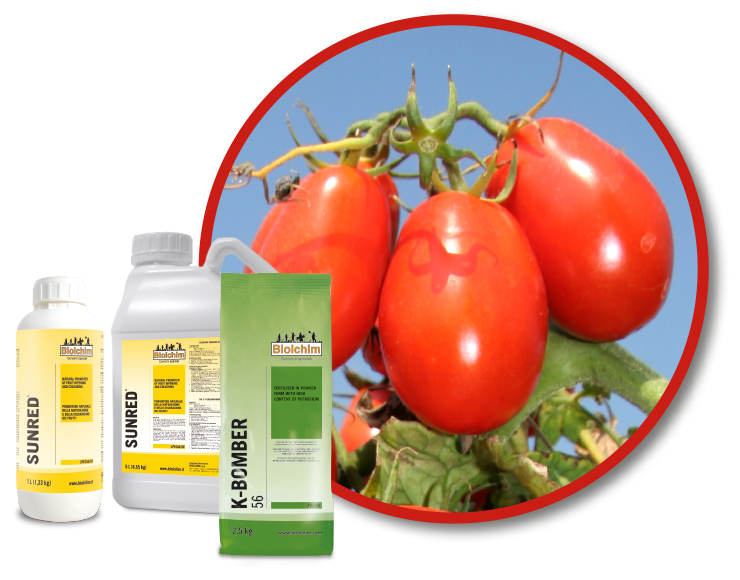
In the pre-harvest phases, physiological changes occur that determine the colouring of the berries and the accumulation of sugars in the pulp affecting Brix degree and dry matter content.
These parameters not only define the timing of harvest, but above all decide the unit price of the product and the level of profitability of the crop. Equally important for the final yield is the incidence of waste: a factor that strongly depends on the uniform ripening of the berries.
To obtain maximum yield, Biolchim recommends the foliar use of K-BOMBER® 56 and, subsequently, of SUNRED®. The strategy is generally started about 30 days before the harvest. K-BOMBER® 56 reduces vegetative excesses, prepares the fruit for colouring and increases its dry matter. SUNRED®, specific biopromoter of colouring, accelerates the degradation of chlorophyll and promotes the accumulation of pigments in the fruit; moreover, it promotes the accumulation of sugars without altering the consistency of the fruit.



